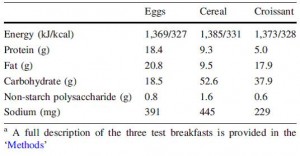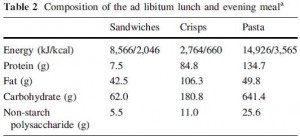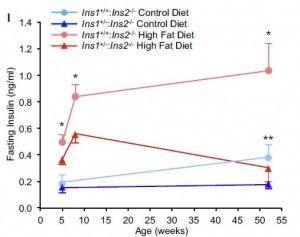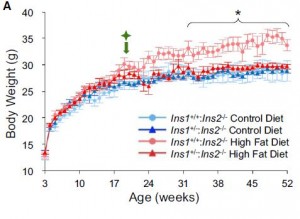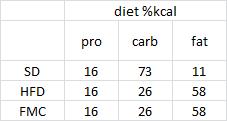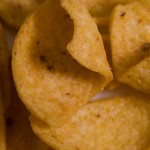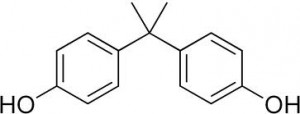But first, a brief primer. In red.
“The glucose muscle-sparing effect of fat-derived fuels”
or, the Randle Cycle 2.0. it’s like a course in life enhancement.
Part I. Intermediary metabolism
The glucose-fatty acid cycle
The Randle Cycle, as originally proposed, states that fatty acid oxidation inhibits glucose oxidation. This is good because during starvation, every tissue than can survive on fatty acids instead of glucose should do so, sparing as much precious glucose as possible for the brain.
The glucose-sparing effect of fat-derived fuels
A critical vital horcrux to this is in the oh-so-humbly-disguised phrase “fat-derived fuels.” The fat-derived fuels are ketones, and they are rescuing the brain from starvation (ie, neuroglycopenia); they do so by supplementing glucose as a fuel source. Ketones are good at this; many tissues are happy to oxidize ketones when they are available.
The glucose muscle-sparing effect of fat-derived fuels
Ketones are derived from fat. During prolonged starvation, glucose comes from skeletal muscle amino acids (eg, alanine). Ketones spare glucose. Thus, ketones spare muscle. QED.


